Dozio 40 min.
Biglio Inferiore 25 min.
IT
Filanda è il nome con cui sono conosciuti, in Italia, gli stabilimenti di lavorazione e filatura dapprima della seta e poi anche del cotone.
Il 2 novembre del 1872 l’assessore Longhi Giosuè per conto del sindaco di Valgreghentino, elencava le fabbriche presenti nel territorio comunale e accennava le condizioni di lavoro degli operai che vi erano impegnati.
Il modello standardizzato della filanda: pianta rettangolare allungata, alzato su tre o più piani, finestroni lungo tutto il perimetro ad illuminare le file di bacinelle poste negli stanzoni, copertura a capanna, assenza di elementi decorativi. Questi edifici non ebbero mai un forte impatto sul tessuto urbano dei paesi: per ragioni di funzionamento, venivano infatti collocati al di fuori delle città, nelle campagne e sulle colline dove si potevano trovare in abbondanza acqua e legname, indispensabili per la produzione.
Il complesso storico ex Sironi, che sovrasta l’abitato di Valgreghentino è caratterizzato dalla compresenza in una stessa area di più opifici preposti a differenti funzioni, in uno spazio terrazzato artificialmente e tale da permettere lo sfruttamento dell’energia idraulica. Il complesso, voluto dalla famiglia Longhi e attestato dal 1849, era costituito da un filatoio, un incannatoio con casa annessa e una filanda.
La filanda è stata attiva fino al 1949 e il filatoio fino al 1961. Mentre il filatoio è stato ristrutturato e adibito a residenza, la filanda ha mantenuto la sua originaria fisionomia: è a un solo piano, concluso da un soffitto a capriate lignee. L’edificio, in origine a pianta rettangolare, fu modificato intorno al 1860 con l’aggiunta di un nuovo corpo perpendicolare. Lo stanzone per le bacinelle riceve luce da sei grandi finestroni semicircolari, leggermente strombati e uniformemente distribuiti sui lati.
Il filatoio, pur nella nuova sede, rileva l’originaria destinazione industriale per il permanere della serialità delle finestre dell’alto profilo rettangolare. Completavano il nucleo di Valgreghentino l’abitazione dei proprietari e il dormitorio delle “forestiere”, oggi scomparsi. La proprietà venne venduta dai Longhi ai Sironi intorno al 1920.
EN
Filanda is the name used in Italy to indicate the processing and spinning plants for silk first and then for cotton.
On November 2, 1872, on behalf of the mayor of Valgreghentino, councilor Longhi Giosuè listed the factories present in the municipal area and reported the working conditions of the workers there employed.
The textile mill standard model: three-storey or multi-storey building, with elongated rectangular plan, large windows along the entire perimeter to illuminate the rows of basins placed in the large rooms, gable roof, absence of decorative elements. These buildings never had a strong impact on the urban tissue of the towns: for operational reasons, they were in fact located outside the cities, in the countryside, and on the hills, where water and wood – essential for production – could be found in abundance.
The former Sironi historical complex, which overlooks the town of Valgreghentino, is characterized by the presence in the same area of several mills assigned to different functions, in a space terraced artificially so as to allow the exploitation of hydraulic energy. The complex, commissioned by the Longhi family and certified since 1849, consisted of a spinning area, a winding area with annexed house, and a textile mill.
The textile mill remained active until 1949 and the spinning area until 1961. While the spinning area was renovated and used as a residence, the textile mill has kept its original aspect – a one-storey building with a timber roof truss. The building, originally with a rectangular plan, was modified around 1860 with the addition of a new perpendicular structure. The large room for the basins receives light from six large semicircular windows, slightly splayed, and evenly distributed on the sides.
The spinning area, even if renovated for a new use, shows its original industrial use through the seriality of its high rectangular profile windows. The owners’ house and the guesthouse, now disappeared, completed the town of Valgreghentino. The property was sold to the Sironi family by the Longhi family around 1920.

Piazza Roma – 23857 Valgreghentino (LC)
prolocovalgre@gmail.com
C.F. 92075090131 | Privacy-Cookie Policy